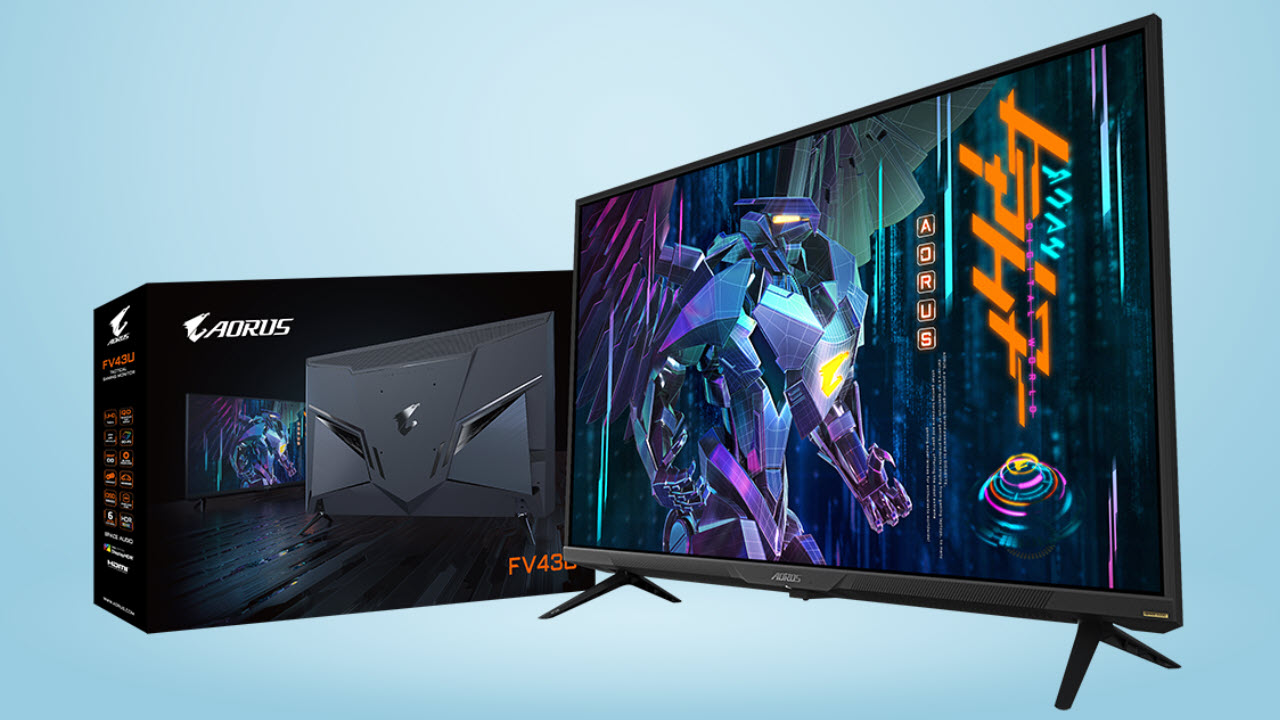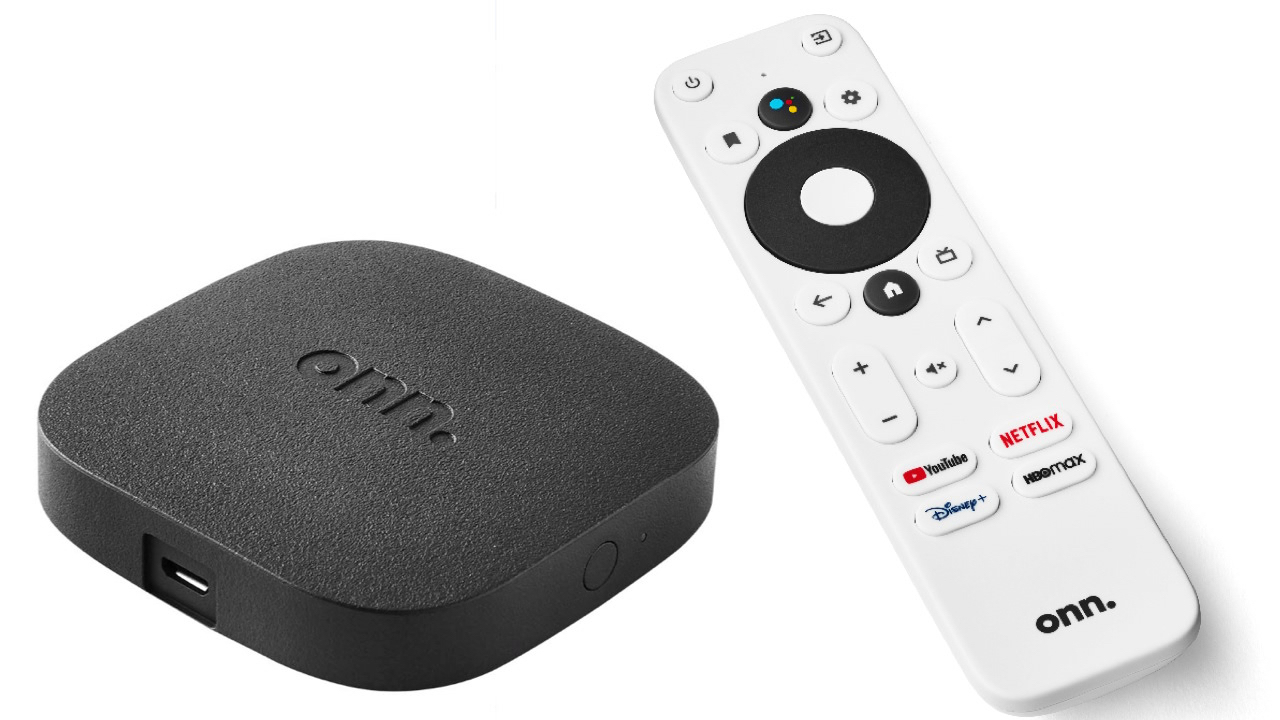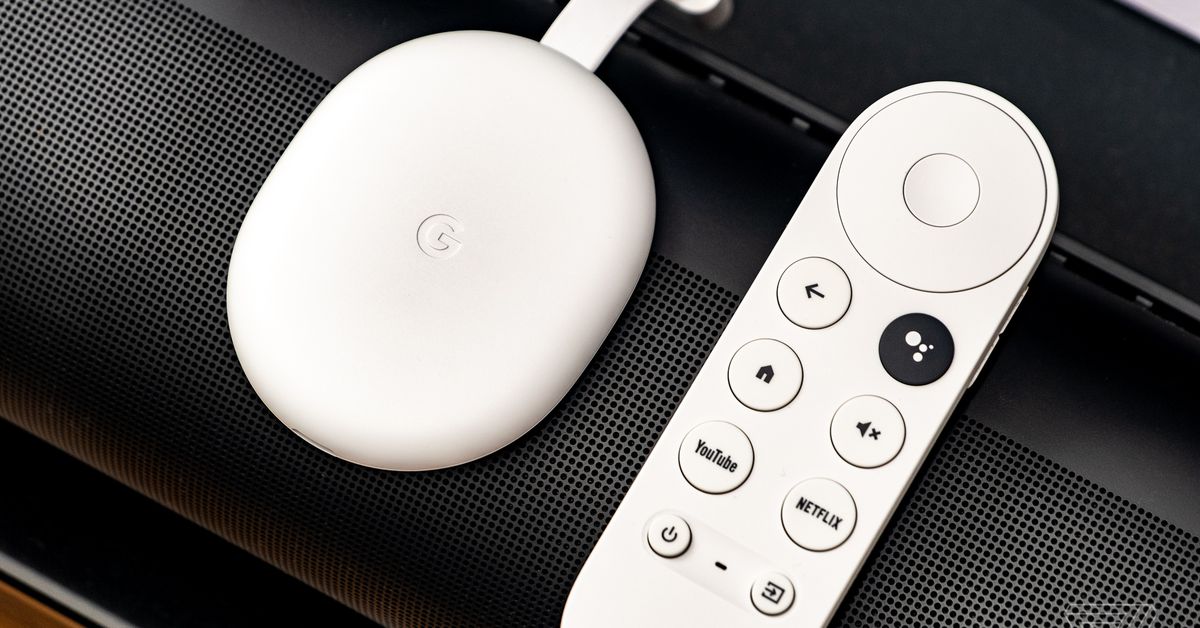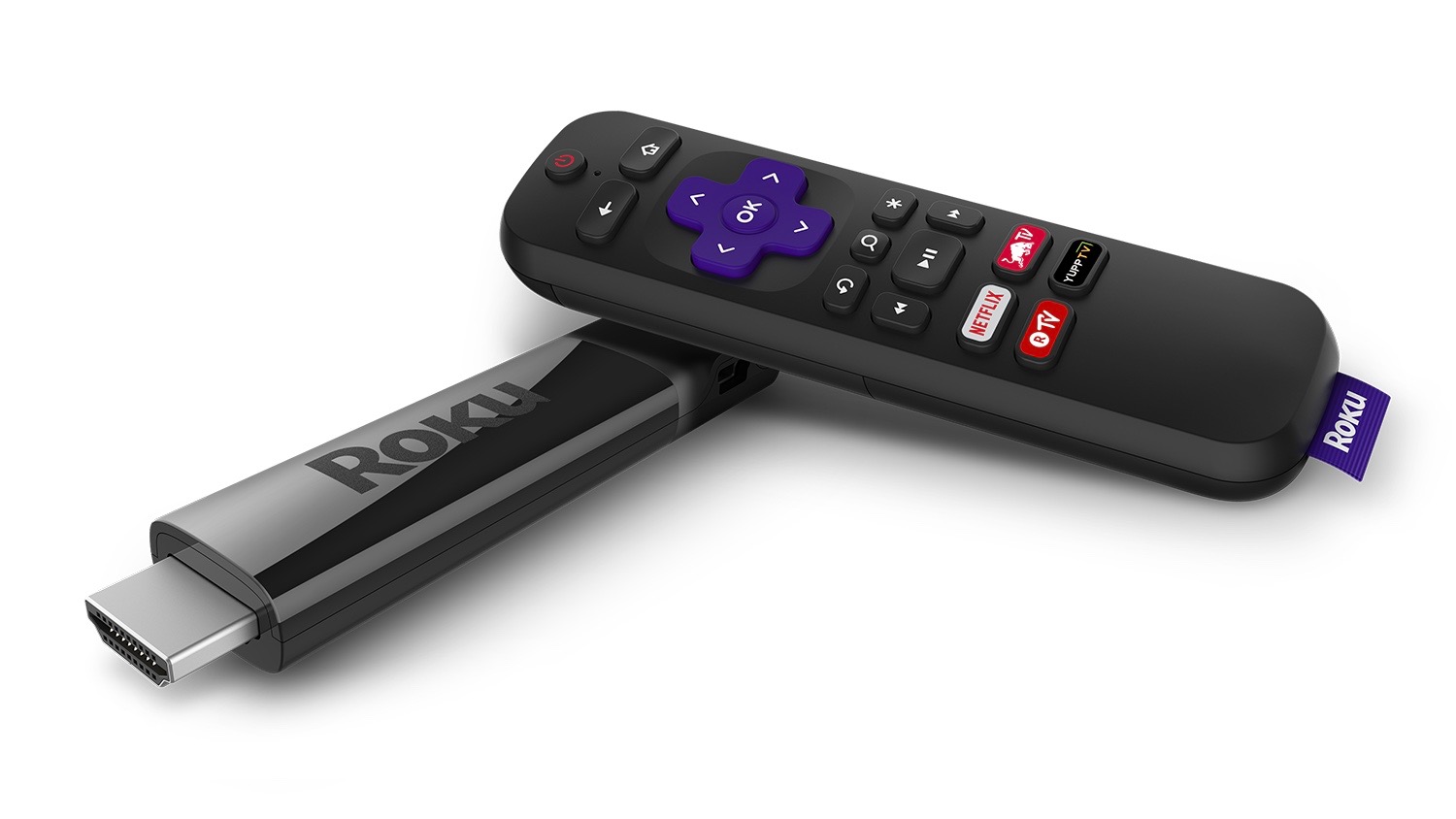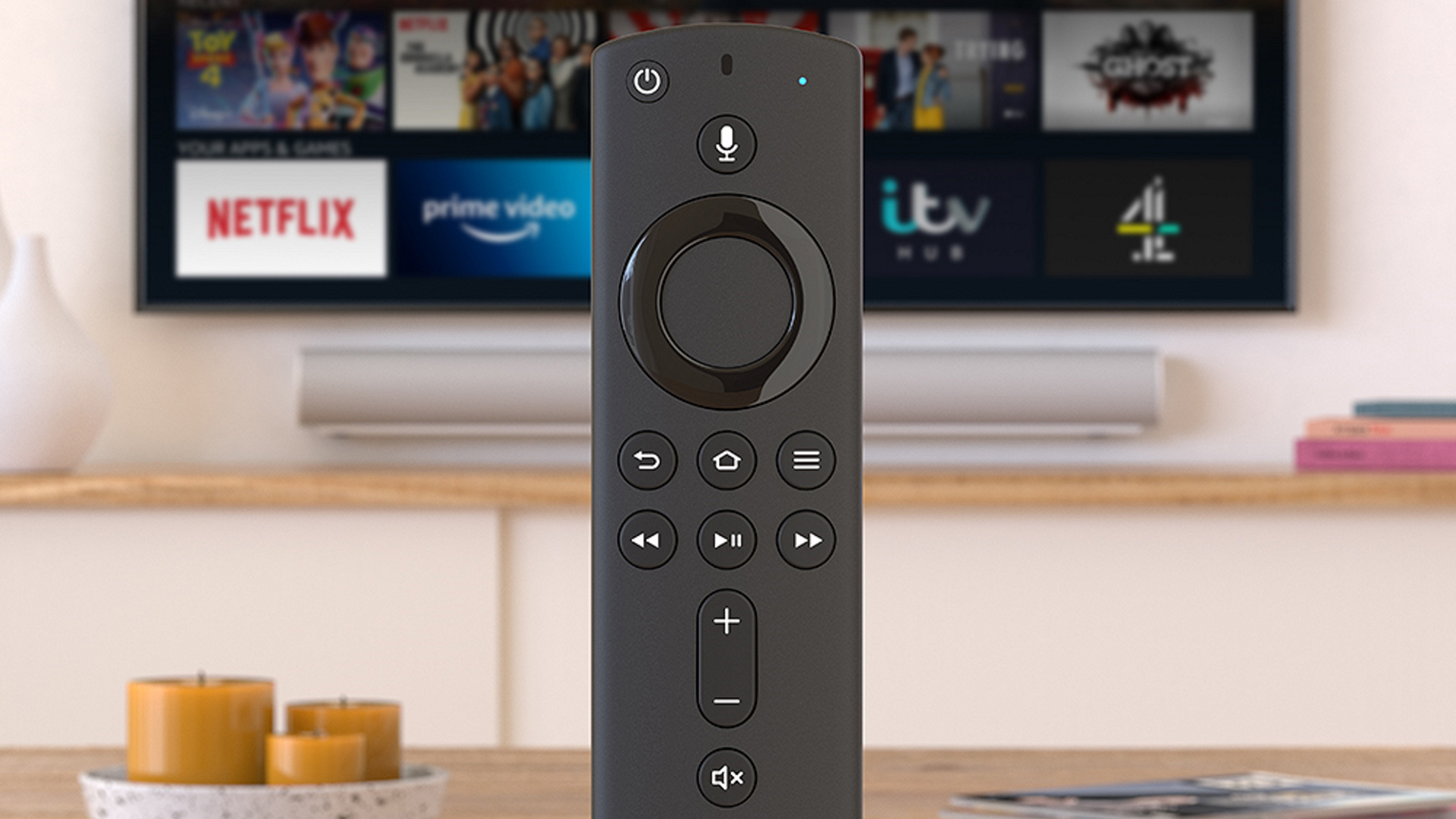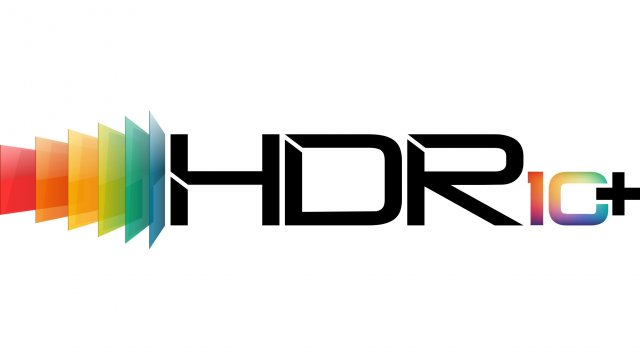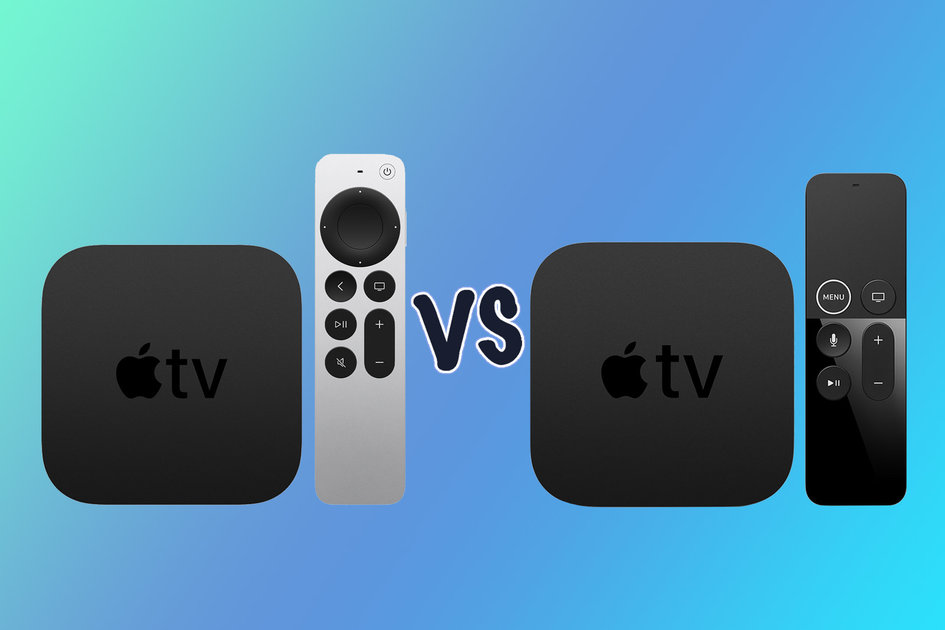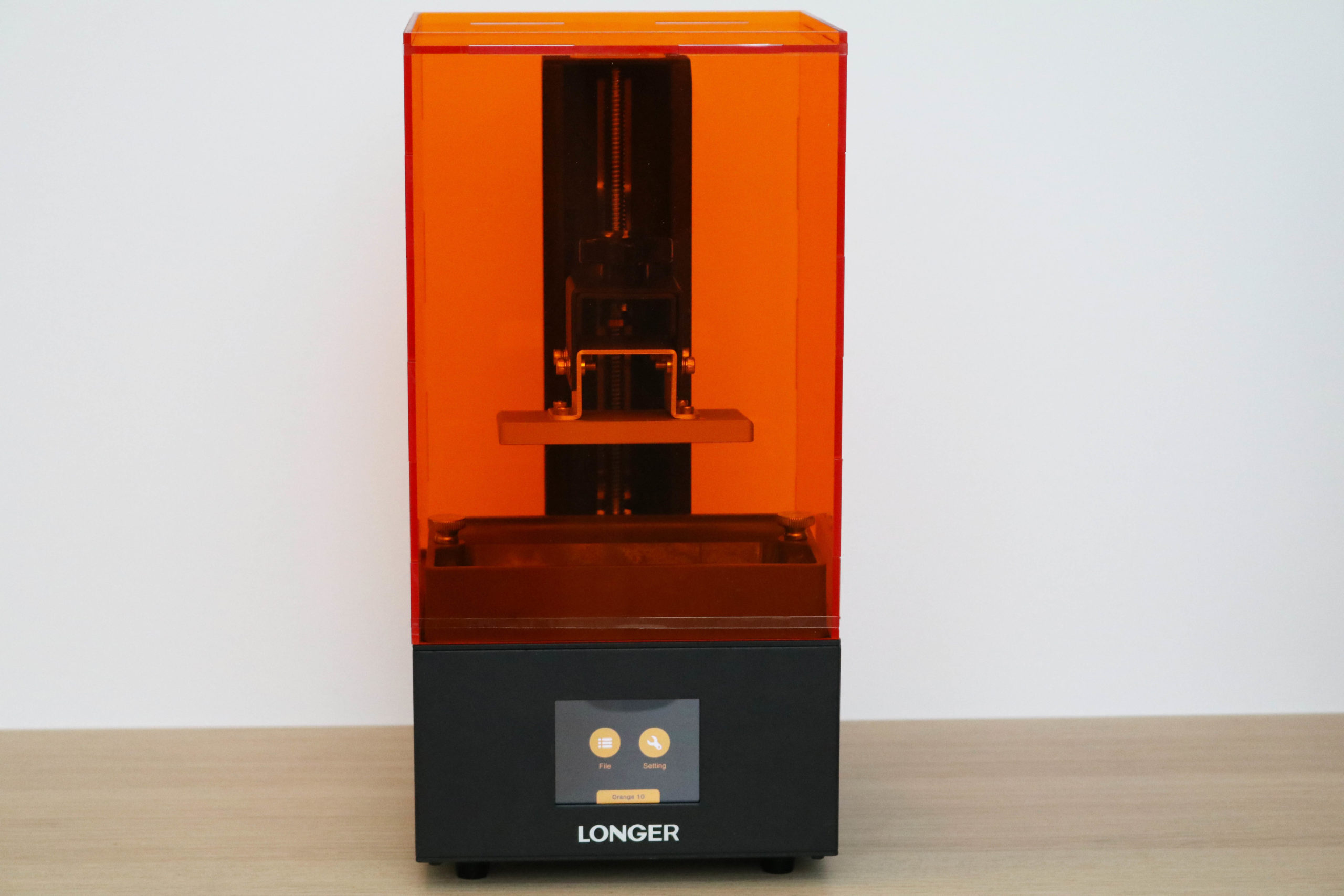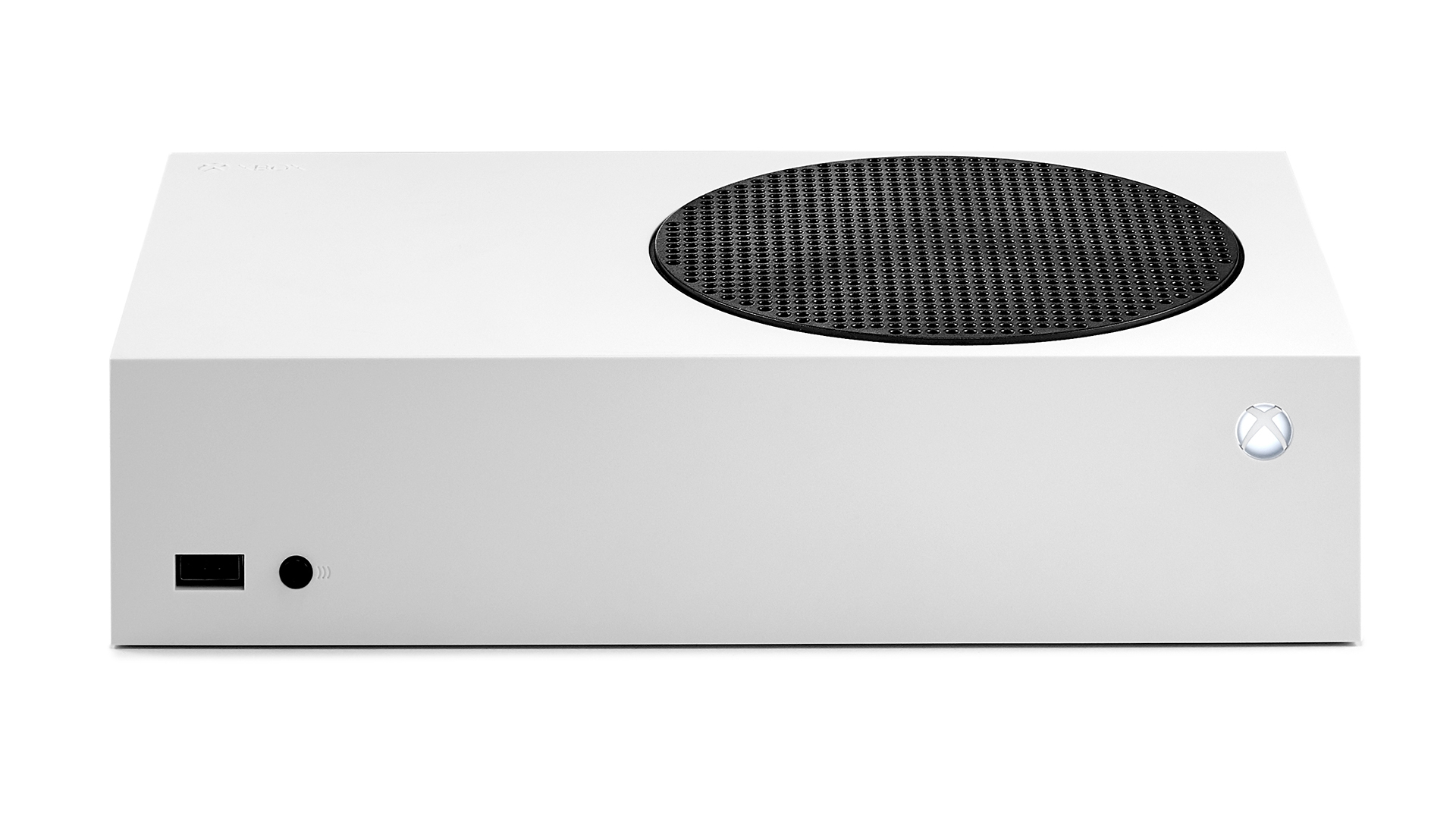Our Verdict
The Aorus FV43U misses a couple of things as a TV replacement, but for gaming, it has few equals. A huge and accurate color gamut coupled with high contrast, 4K resolution and 144 Hz makes it a great choice for both PC and console gamers.
For
- + Class-leading contrast
- + Huge color gamut
- + Accurate out of the box
- + Excellent HDR
- + Solid gaming performance
Against
- – No 24p support
- – No Dolby Vision
Features and Specifications
If you’re looking for a jumbo-sized gaming monitor, there are plenty of routes you can take. There are multiple sizes of ultrawide 21:9 screens ranging from 34 to 38 inches diagonal. Then there’s the mega-wide 32:9, 49-inch genre. Or you can stick with flat panels in the 16:9 aspect ratio and go 32 inches or larger. Many simply opt for a TV, opening up the field to extra large displays that can top 80 inches.
If you want to stick with a desktop configuration though, the 43-inch category is a good choice. It’s large but not so big that you can’t sit close. It’s possible to play from 3 or 4 feet away, see the entire screen, and fill your peripheral vision with the image. And the 16:9 aspect ratio that 43-inch monitors come in means plenty of height, something that ultrawide and mega-wide monitors don’t have.
You can typically put a 43-inch gaming monitor on your desktop for around $1,500. That’s more than many 55-inch TVs but a computer monitor delivers a few things, like DisplayPort and high refresh rates, that consumer TVs do not. The Gigabyte Aorus FV43U makes the comparison a little easier, however, as it’s going for $1,000 as of writing.
The FV43U is a 16:9 VA panel competing with the best 4K gaming monitors with a 144 Hz refresh rate, AMD FreeSync, HDR and a quantum dot backlight that’s specced to reach 1,000 nits brightness. It also delivers decent sound from its built-in speakers, thanks to multiple sound modes. Let’s take a look.
Gigabyte Aorus FV43U Specs
| Panel Type / Backlight | VA / W-LED, edge array |
| Screen Size & Aspect Ratio | 43 inches / 16:9 |
| Max Resolution & Refresh Rate | 3840×2160 @ 144 Hz |
| FreeSync: 48-144 Hz | |
| Native Color Depth & Gamut | 10-bit (8-bits+FRC) / DCI-P3 |
| DisplayHDR 1000, HDR10 | |
| Response Time (GTG) | 1ms |
| Brightness | 1,000 nits |
| Contrast | 4,000:1 |
| Speakers | 2x 12w |
| Video Inputs | 1x DisplayPort 1.4 w/DSC |
| 2x HDMI 2.1, 1x USB-C | |
| Audio | 2x 3.5mm headphone output |
| USB 3.0 | 1x up, 2x down |
| Power Consumption | 54.3w, brightness @ 200 nits |
| Panel Dimensions | 38.1 x 25.1 x 9.9 inches |
| WxHxD w/base | (967 x 638 x 251mm) |
| Panel Thickness | 3.5 inches (88mm) |
| Bezel Width | Top/sides: 0.4 inch (10mm) |
| Bottom: 1 inch (25mm) | |
| Weight | 33.8 pounds (15.4kg) |
| Warranty | 3 years |
By starting with a VA panel, the FV43U is already ahead of many premium gaming monitors that rely on lower contrast IPS technology. Most IPS monitors are specced for around 1,000:1 contrast, while the FV43U boasts 4,000:1 on its sheet and topped that dramatically in our testing with SDR and extremely when it came to HDR. HDR is aided by the monitor’s 1,000-nit backlight enhanced by a quantum dot filter for greater color volume, which our testing will also confirm.
Video processing leaves nothing under the table. The FV43U is one of the few 4K displays that can run at 144 Hz. It manages this over a single DisplayPort cable using Display Stream Compression (DSC). That means it can process 10-bit color, though it uses Frame Rate Control (FRC) to achieve this. FreeSync operates from 48-144 Hz in SDR and HDR modes. G-Sync also works with the same signals as verified by our tests, even though it’s not Nvidia-certified. (You can see how by checking out our How to Run G-Sync on a FreeSync Monitor tutorial).
Peripheral features include two HDMI 2.1 ports, which support console operation, namely the PS5 and Xbox Series X, with variable refresh rates up to 120 Hz. The monitor’s USB-C port accepts Ultra HD signals up to 144 Hz. This is common among USB-C monitors as USB-C can replicate DisplayPort functions, but you’ll need a graphics card with USB-C, of course. The monitor’s USB-C port also allows for KVM switching (allowing you to control multiple PCs with a single keyboard, monitor and mouse) through additional USB 3.0 ports.
Assembly and Accessories
Two solid metal stand pieces bolt in place on the bottom if you set up on a desktop or entertainment center. Wall mounting is supported by a 200mm lug pattern in back. You’ll have to source your own bolts which should be part of any bracket kit.
Product 360
Image 1 of 5
Image 2 of 5
Image 3 of 5
Image 4 of 5
Image 5 of 5
From the front, the FV43U looks like any modern television with a narrow bezel around the top and sides and larger bit of molded trim across the bottom. The Aorus logo and a power LED are visible in the center. The stand puts the panel a bit less than 3 inches from the table, so it’s a good height for a desktop if you plan to sit around 4 feet back. The anti-glare layer is more reflective than most smaller screens, so plan placement accordingly if you have windows in your room.
A joystick for controlling the on-screen display (OSD) menu joystick is prominently situated on the panel’s bottom center but the easiest way to control the FV43U is with its tiny remote. It only has a few keys but they’re enough to zip through the OSD, change inputs and control the gaming features.
The back is where you’ll find most of the styling elements. Two slanted shapes are rendered in shiny plastic, along with an Aorus logo in the center. The rest of the finish is matte and features some brushed textures. Angles and straight lines are the order of the day with a generous grill at the top for heat dissipation. Speakers fire from the bottom vents and deliver 12W apiece (more on that in the Hands-on section).
The input panel is on the right side which makes it easily accessible. You get two HDMI 2.1, one DisplayPort 1.4 and a USB-C, which also supports 144 Hz and Adaptive-Sync. The HDMIs are limited to 120 Hz but support Adaptive-Sync and 4K resolution, making it fit for console gaming.
OSD Features
The OSD looks just like the menu found in all Aorus monitors but you can make it larger so it can be more legible from across the room.
The Gaming sub-menu has everything needed for competitive gameplay. At the top is Aim Stabilizer Sync, which is a backlight strobe for blur reduction. It’s one of the rare implementations that can work in concert with Adaptive-Sync, and it manages to do this without reducing brightness too much out of the box (of course, you can always turn the brightness up).
Black Equalizer makes shadow detail more visible; Super Resolution adds edge enhancement (not in a good way), Display Mode changes the aspect ratio and Overdrive offers four options. Balance is the best one, as it has good blur reduction, no visible ghosting and allows you to toggle Adaptive-Sync on or off.
The Picture menu offers an extensive array of image modes (eight, plus three custom memories), along with color temp and gamma presets and something we normally see only on professional screens: selectable color gamuts. You can choose between Adobe RGB, DCI-P3, sRGB or Auto, but in our tests, Auto did not automatically switch the color gamut for different signal types. That means that if we wanted to watch SDR content in the sRGB it’s made in, we had to select the gamut manually.
You also get Local Dimming, which increases contrast significantly. It makes the picture very bright as well, but highlight and shadow detail remain solid, so it is perfectly usable. However, we recommend leaving it off unless your room has a lot of ambient light because you can’t reduce brightness when it’s on. If you prefer a Low Blue Light mode for reading, that feature is in the OSD too.
A single press of the large button in the center of the remote’s nav pad brings up a quick menu. Pressing left opens the Aorus dashboard, which can display your PC component’s internal temperatures and fan speeds. You’ll need a USB connection for this, but most motherboards will transmit the information to the FV43U.
A right press brings up Game Assist, which offers timers, counters, refresh rate info and aiming points. You also get a single cross in the OSD and can create additional reticles if you download the Aorus desktop app. Additionally, the OSD offers alignment marks in case you plan to set up additional FV43Us in a multi-screen configuration. Now that would be super cool! We’re thinking ultimate desktop flight simulator.
Gigabyte Aorus FV43U Calibration Settings
The FV43U comes set to its Green (yes, that’s the term used in the OSD) picture mode. It has nothing to do with the color green but is fairly accurate out of the box – enough to make our Calibration Not Required list. But if you’re a perfectionist and want to tweak the image, choose the User Define color temp and adjust the RGB sliders. Gamma presets and color gamut options are also available. For the full native gamut, choose Auto or Adobe RGB. Either will deliver just over 100% of DCI-P3 coverage. sRGB is also very accurate, but we found it better to choose the sRGB picture mode rather than the sRGB gamut mode. Below are our recommended calibration settings for SDR on the Gigabyte Aorus FV43U.
| Picture Mode | Green |
| Brightness 200 nits | 13 |
| Brightness 120 nits | 4 |
| Brightness 100 nits | 2 (min. 89 nits) |
| Contrast | 50 |
| Gamma | 2.2 |
| Color Space | Auto or Adobe |
| Color Temp User | Red 100, Green 97, Blue 99 |
When HDR content is present, there are four additional picture modes available: HDR1000, HLG, Game and Movie. HDR1000 is the most accurate, but locks out all image controls. Game and Movie allow for brightness and contrast adjustments and toggling and local dimming. We’ll explain that in more detail in the HDR tests.
Gaming and Hands-on
A question that should be answered when one considers buying a 43-inch gaming monitor is, will it function as a TV? Since some FV43Us will wind up in living rooms or entertainment centers, it’s important to know whether it can play well with things like disc players or streaming boxes.
There is no internal tuner so technically, the FV43U is not a TV. But its HDMI 2.1 inputs can accept input from any cable or satellite receiver, as well as a 4K disc player or streaming box like Apple TV. We tried a Philips BDP-7501 player and an Apple TV source. SDR and HDR10 signals were supported fine with one omission, 24p. Film cadences are present on any Blu-ray and in many streamed shows and movies from streaming services like Netflix and Amazon Prime (in addition to 50 and 60 Hz). The FV43U converted these streams to 60 Hz, which caused a bit of stuttering here and there. It wasn’t pervasive, but we occasionally saw artifacts. Note that the FV43U, like most computer monitors, doesn’t support Dolby Vision. We’ve only seen a few pro screens that includeDolby Vision.
As a monitor for controlling Windows, the FV43U was a joy to use. With its vast area, we could clearly view four or five documents simultaneously. Sitting about 4 feet back, the pixel structure was invisible, but if we sat closer we were just able to see the dots. Color, meanwhile, was beautifully saturated, great for watching YouTube and browsing the web. If you want perfect accuracy for web browsing, the sRGB mode is available with a few clicks of the remote.
Gaming is also a blast with a screen this big. SDR games like Tomb Raider rendered in vivid hues with deep blacks, bright whites and superb contrast. The large dynamic range and accurate gamma mean that you’ll see all the detail present in the original content. That lends a realism seen on only the very best computer monitors.
HDR games, like Call of Duty: WWII, also showed tremendous depth on the FV43U. We played exclusively in the HDR1000 picture mode because of its very accurate luminance and grayscale tracking. The FV43Us large color gamut was put to good use here. It was readily apparent in skin tones and natural earth shades, like brown and green. That, coupled with nearly 39,000:1 contrast, made surfaces and textures pop with a tactility that we’ve only seen from premium screens like the Acer Predator CG437K or the Asus ROG Swift PG43UQ (both go for $1,500 as of writing). Without a full-array local dimming (FALD) backlight like that Acer Predator X27 and Asus ROG Swift PG27UQ have, the FV43U doesn’t quite make the very top tier of the best HDR monitors. But it comes awfully close to their image quality while delivering a lot more screen area.
The monitor’s two 12W speakers deliver sound that’s better than what you’ll hear from smaller monitors with much more bass and overall presence. Five audio modes help you tailor sound to your preference. If you’d rather use your best gaming headset, there’s a 3.5mm jack and an additional analog output for external systems.
Current page:
Features and Specifications
Next Page Brightness and Contrast
